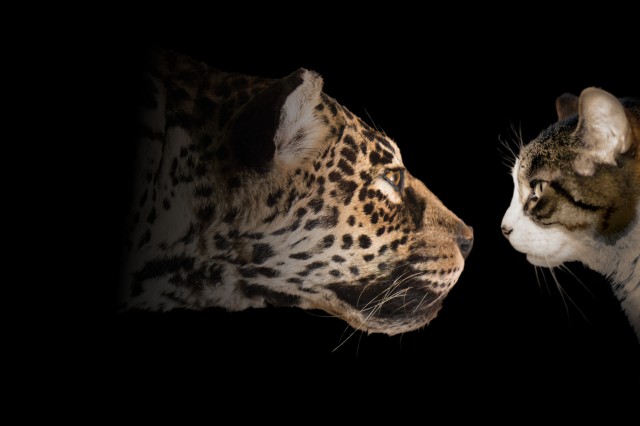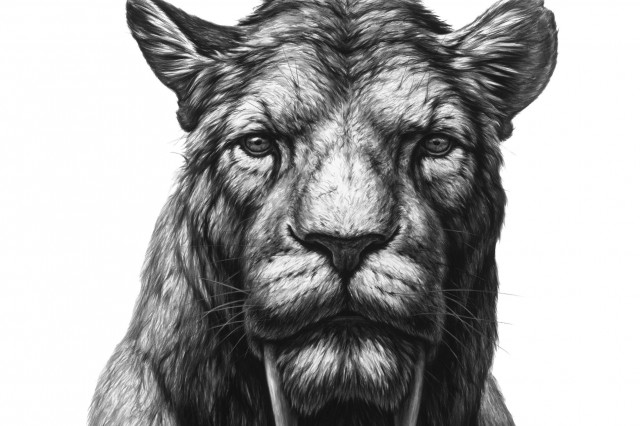Meet Biggest Big Cat at the Tar Pits: The American Lion
Get up close and personal with the fiercest Ice Age Angeleno
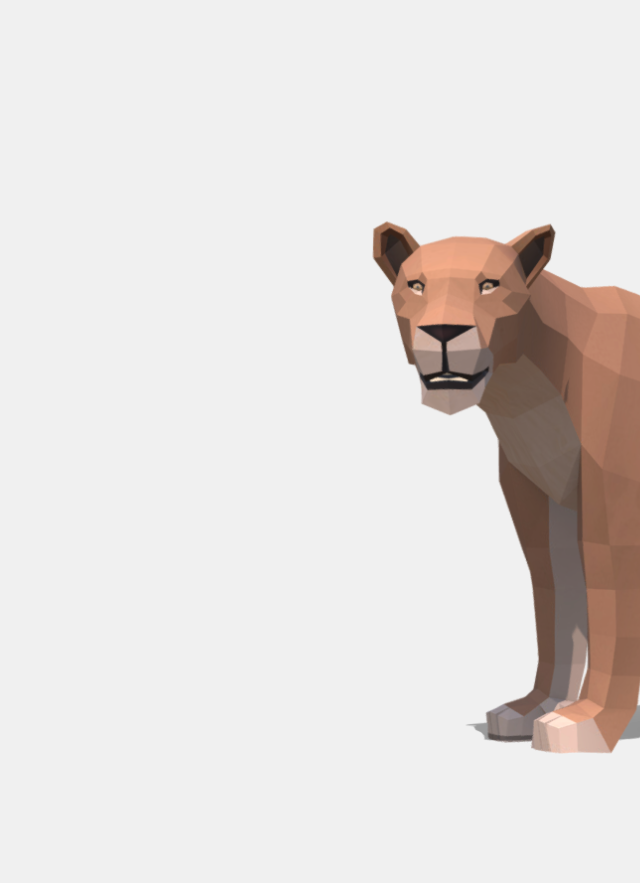
Published July 9, 2024
You’re strolling down Pleistocene Wilshire Boulevard, minding your own business, when suddenly, a giant lion has its jaws around your face, delivering the kiss of death. But wait, you think, if this is the American lion, does it have a mane? But then there’s more than a quarter ton of giant cat on top of you.
Meet Pantera atrox!
American lions were the biggest cats to ever prowl Miracle Mile, and with around 80 individuals recovered from La Brea Tar Pits, the morphology of these giant felines—the shape and size of their bodies—is well understood. The short answer: they have bodies similar to their African cousins, but male American lions were 25% bigger, with longer and stronger legs. Beyond their size, evidence from the Tar Pits suggests American lions lived up to the name Pantera atrox, which translates to cruel or frightful panther.
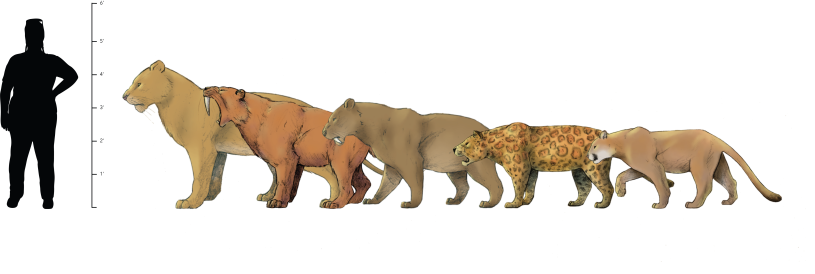
La Brea Tar Pits Excavator, Laura Tewksbury, for scale.
Maybe unsurprisingly, teeth are particularly valuable for understanding how ancient animals fed. The wear and tear on their teeth suggests that American lions didn’t crush the bones of their prey, and chemical testing of their enamel, identifying isotopes associated with the diets of their prey animals—horses, bison, and camels, among others.
Part of what makes the Tar Pits so important are the pathological collections—fossils that show damage in life from disease, or in the case of one gray wolf femur, a particularly fierce bite. The attack could have led to an amputated leg, and Tar Pits researchers think the force of the bite makes the American lion the prime suspect.
Researchers from La Brea Tar Pits identified a particular bone from the Tar Pits that hints at American lions’ ferocity. The fragment of a femur from a gray wolf from the La Brea Tar Pits shows evidence of a violent bite that possibly amputated the leg. Researchers believe that Panthera atrox is a prime candidate for the injury, due to its bite force and bone shearing ability.
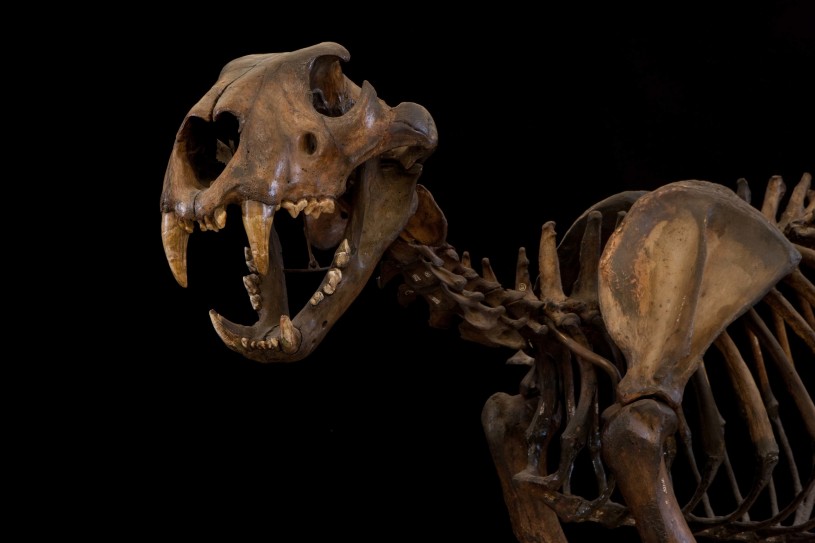
Like their living relatives, American lions were sexually dimorphic, with males being much larger than females, but paleontologists are still untangling their looks, particularly whether these ancient lions had manes.
Should we get bangs?
Researchers think the American lion is closely related to the now extinct cave lions (Panthera spelaea) stalking Europe and Asia during the Ice Age, and the African lion (Panthera leo) prowling the savannah today. Whether American lions had hair similar to their iconic African cousins remains unclear.

Asphalt does wonders at preserving bones, but fur, not so much. In 2021, scientists recovered two cave lion cubs from the Siberian permafrost with their fur intact. The discovery revealed the fur color of the sister species for the first time, and dark drip lines around the eye and into the cheek. As cubs, the pair wouldn’t have been mature enough to grow manes. Ice Age artists depicted adults on the walls of places like the famed Chauvet Cave. A maned cave lion hasn't been definitively identified in any cave paintings, which notably depict the drip lines also found on the Siberian cubs.
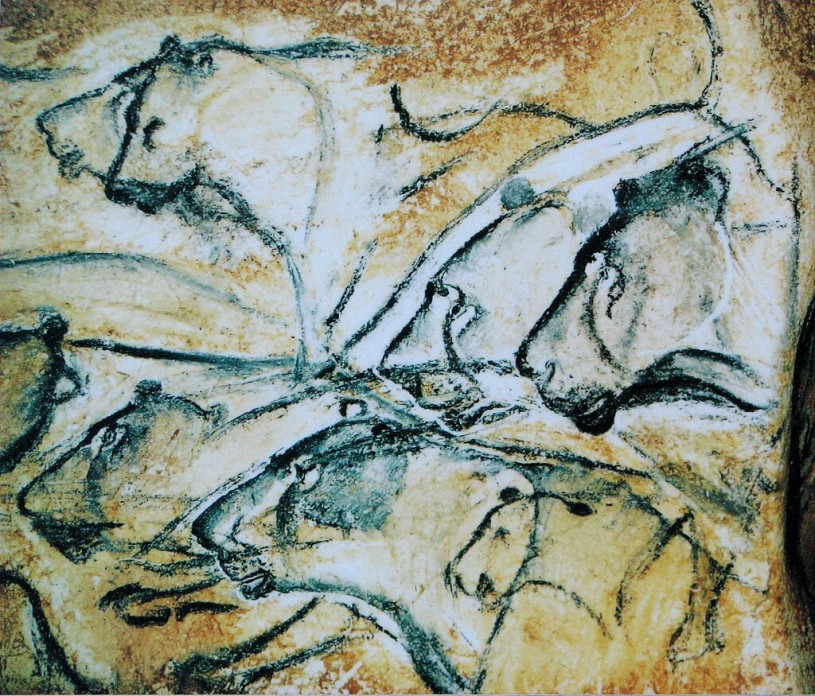
A 2004 study argues that their iconic hairdos evolved in African lions as a secondary sexual characteristic, which makes it less likely that their relatives from the Pleistocene had manes. One of the great things about science is that new evidence can overturn old findings. If an adult cave lion or American lion gets pulled from the permafrost next time, we'll have an even clearer picture of what these giant cats looked like.
